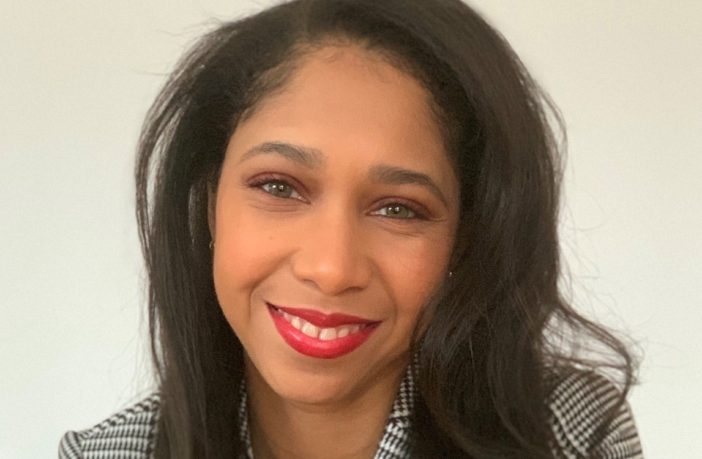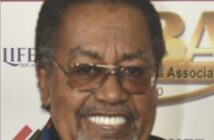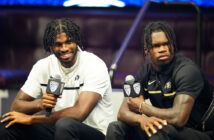The book is divided into chapters devoted to each of these characters. Why did you choose to do it in that manner?
I wanted readers to “spend a day” or so with each of the four young women through their distinct ways of thinking and their dreams and desires. Dividing the narratives seemed like the best way to bring people on their journeys. It allowed me to provide readers with that glimpse into the past through the lens of their unique histories and challenges.
Which of your four leading women do you relate to the most? Who was the most challenging character in the book to capture the voice?
I don’t think I could pick one character as more challenging to write than the others. The alternating perspectives kept the experience fresh, and I enjoyed each young woman’s personality and drive. I truly had a lot of fun. The character I most identified with when I began writing was Olivia. The plan she has for her life mirrors her parents’ expectations, and she’s very committed to it. I have three younger siblings and can identify with the responsibilities of the first-born daughter. It’s very important to her that she sets a good example for Helen and makes her family proud. There’s a sense she always has them in mind when she’s faced with certain situations. As the novel progresses, Olivia becomes invested in the activist efforts in Chicago. She discovers a new passion and finds herself on a new path. I went to college with every intention of becoming a doctor. I was going to be a real-life Christina Yang from Grey’s Anatomy until I started writing, although organic chemistry provided a firm shove toward storytelling too.
Who was the easiest character to write?
Ruby Tremaine was the easiest, mostly because it was a lot of fun! She’s impulsive and rebellious, and her struggle to follow her heart and abide by her parents’ wishes is so different from the original outline. In the first draft of The Davenports, Ruby and Olivia were rivals; two young ladies competing for the attention of all the eligible bachelors. It never felt natural, so I rewrote those first few chapters. They went from frenemies to best friends. I’m so glad I made that change. Their relationship is one of my favorites in the novel.
What drew you to this time period to tell the story of these four women?
Curiosity and my love of history. The Davenports is set during an often-overlooked time in American history. After reading an article on C.R. Patterson, I wondered about the rest of his family, especially his daughters. A few articles mentioned them and their names, which were Dorothea (Dollie), Mary and Kate. I wondered what life was like for women in their position: would they still be expected to marry for stability and security? Could they enter the workforce and what would that look like? Many of my favorite books as a young reader and an adult are set during pivotal moments in history and are from a woman’s perspective. The familial and societal pressures experienced by the four young Black women and how they navigate them in The Davenports are my answer or best guess. Their journeys to find true love matches allowed them to learn a lot about themselves and what they wanted from their relationships and for their futures.
Where and how did you gather all your research on the Pattersons to recreate the world of the Black, rich and famous in Chicago in 1910?
While I don’t have a personal connection to the Pattersons, I was excited to have found the article. I hadn’t heard of the family and their pioneering patriarch before I read it. “First and only Black-owned automobile company” instantly captured my attention. My research, from early automobiles to the fashion, can be traced back to that article. In other articles linked to it, I found Chicago to be at the center of many instances of Black success and entrepreneurship following the Civil War and Reconstruction periods. Chicago Public Library’s online resources were invaluable, as well as the books from my local libraries and the wonderful staff who helped guide me. I cultivated an entire folder of Chicago paper clips, magazines and museum photographs to flesh out what I could find. The city is a character of its own.
What were you surprised to discover about that time period for Black Americans?
The instances of Black success and the Black Wall Streets were far more common than I realized. I found the Patterson family’s success to be one of many. In school, I’d learned about the Civil War and the Civil Rights Movement, but very little in between. Following the Reconstruction era, Black Americans, both free-born and formerly enslaved, carved their own paths into a society once barred to them. Key inventions, organizations and civil rights activists were born during this time of transition between the Reconstruction era and the rise of Jim Crow and the Black codes. Black Americans became lawyers, doctors and elected officials. The ingenuity of the people I read about helped bring the characters of The Davenports to life. For example, Madame C. J. Walker built a hair-care empire large enough to become a household name in her time. Her tenacity and resourcefulness influenced the creation of my character, Amy-Rose.
While it’s set in another century, these young women really stand for female empowerment. How did you make that an intentional part of your storytelling?
It was important for me to showcase that even during a time when women’s choices were limited, the same could not be said for their passions and interests. These young women are brave in their own ways. I thought about how their circumstances would shape their decisions and how at the end of the day, they wanted to do something that made them feel fulfilled or happy.
Why will—and should—young readers be drawn to this telling of love and loss from a century-plus past?
Romance can be fun and take readers on grand adventures. I think readers will enjoy seeing a part of history full of glamour and extravagance experienced by Black Americans as it acknowledges the realities of a not-too-distant past. It’s a story also filled with the representation I wish I had as a young reader and had a disappointingly difficult time finding as an adult. If you don’t see it on the shelves, how do you know it happened? I hope my novel adds to all the great literature available for young readers and helps to fill the gap between the Civil War and Civil Rights Movement. And at the heart of The Davenports are four young women navigating love for the first time and discovering who they are. I think that’s relatable in any century.
We know there’s a second book coming. What will it focus on, and could there be more?
Book two picks up a few weeks after book one, and I’m so happy to be back in their world. The Davenports siblings get a surprise from their parents that I think readers will be excited for, while Ruby and Amy-Rose set out on their own adventures. They all have to juggle new responsibilities and the repercussions of the decisions made at the end of book one. I’m not quite sure if this will become a trilogy, but it feels like the beginning of something special.–



